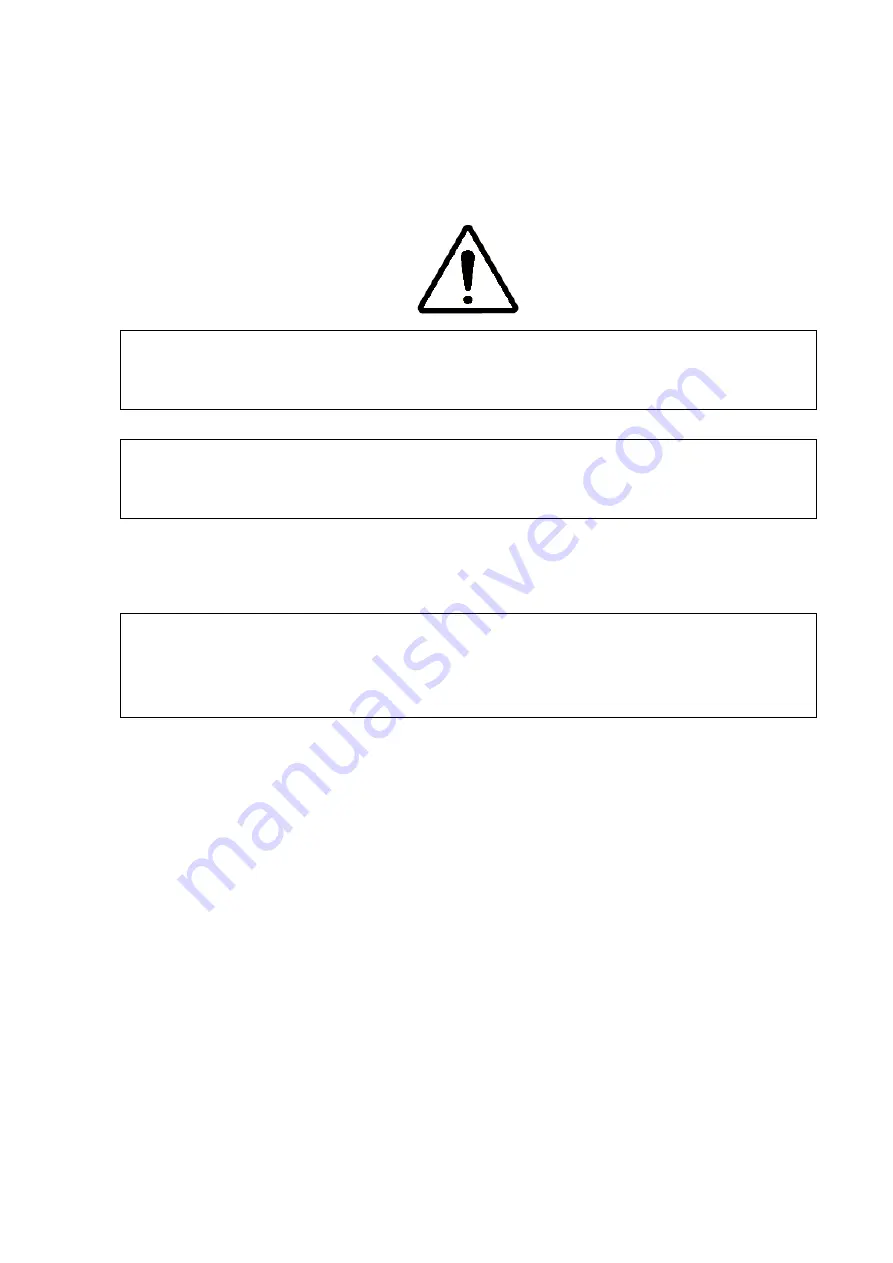
50 Electrical design and installation
Manual Power Quality Filter PQFS
6.10
Current transformer installation
6.10.1
Basic rules for correct CT installation
The location of the CTs is critical to ensure the proper operation of the active filter. The
CTs are the “eyes” of the filter and it will react in accordance with the information
supplied by them.
WARNING: Special care has to be taken for the connection and location of the CTs:
wrong CT installation is the most common source of problems found at the
commissioning stage.
WARNING: In a filter system consisting of more than one unit, the CT information has
to be supplied to all the units. This must be done through a daisy chain connection
with return path configuration.
By default, the PQFS active filter is provided with CT terminals that are not shorted. A
set of shorting plugs is provided with the filter. They should always be kept with the filter
and be accessible for service engineers.
WARNING: When connecting the CTs of a live system to the PQFS, the secondaries of
the CTs have to be shorted. Failure to do so may result in CT explosion and consequent
damage to the installation. Once the connections to the filter have been made, the
shorting links must be removed.
The basic rules for successful CT installation are given next (Cf.
−
The three filter CTs have to be positioned for closed loop control, i.e. the CT must
monitor the load current and the filter current. In some cases, summation CTs
may be needed to fulfil the closed loop requirement (Cf. examples further down
this section).
−
The CTs must be positioned in the correct direction around the power cable: the
K (P1) side should be in the direction of the supply and the L (P2) side should be
in the direction of the load.
−
Each CT must have its own guard circuit, i.e. one terminal of each CTs secondary
terminals (k (S1) or l (S2)) should be earthed. Once a terminal is chosen (e.g. k-
terminal), the same terminal should be earthed for all the CTs.
−
The CT monitoring a phase should be connected to the filter terminal dedicated
to the same phase. In practice this means that:
•
The k (S1) terminal of the line 1 CT (L1, Red, U) must be connected to
terminal X21-1 of the filter.
















































